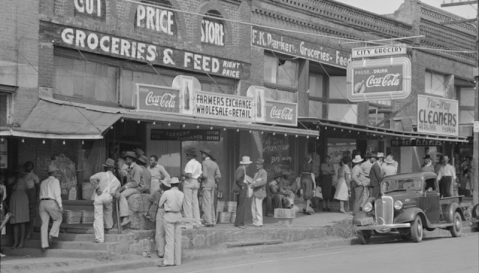10 Archaeological Sites In Texas That Will Absolutely Fascinate You
Did you know Texas is home to 65,000 different archaeological sites? Since there are so many, I obviously can’t list them all here, but I thought I would make a list of the most significant and fascinating among them. These sites will give you a glimpse into the lives of those who occupied the land before us, and hopefully encourage you to visit these historic places if you haven’t already.
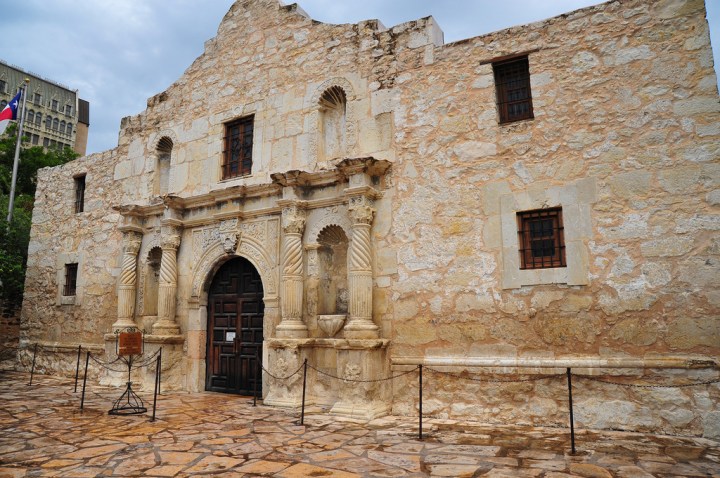
15 different archaeological investigations have occurred at or near the Alamo since 1966. A few artifacts and evidence of the bloody battle that occurred here include a human skull found in the North Courtyard in 1979, remnants of two forts built along the South Wall, and two extremely rare 1818 Garza coins discovered on the west side of the plaza. Ashes and charred bones of Texan soldiers were found beneath the street in front of the Alamo Shrine in 1995, which may have been some of the last evidence of the historic Battle of the Alamo.

For thousands of years, mammoth hunters came to the red bluffs above the Canadian River for flint, which was necessary for their survival. Indians of the Ice Age Clovis Culture used the flint for spear points so they could hunt Imperial Mammoth. You can also find quarry pits that the Antelope Creek people of the Panhandle Culture turned into multi-room houses. The area is protected by the U.S. National Park Service, but you can explore it by making a reservation in advance for a ranger-led tour.
Advertisement
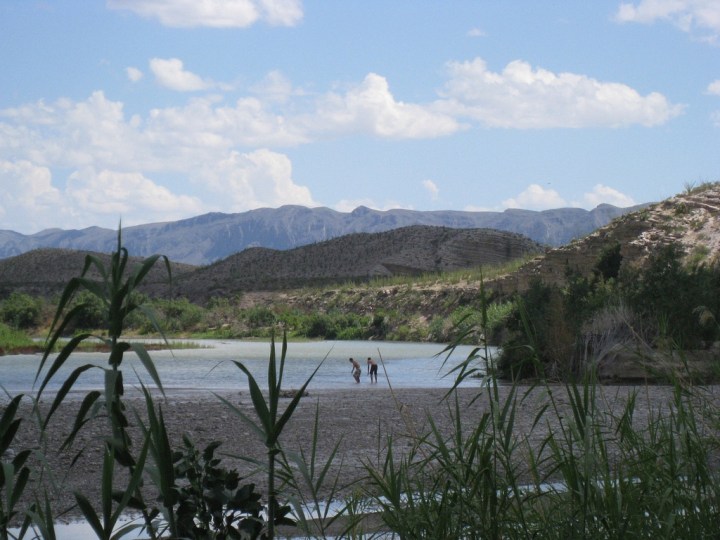
Here, you can study pictographs left behind on the limestone cliffs by settlers, and view some of the buildings that have been preserved. During the early 1900s, a man named J.O. Langford headed west from Mississippi with his family in order to regain his health with the healing waters of the springs after contracting malaria as a child and suffering from the disease for years. When he got to Texas after an 11 day journey, he claimed the springs at the county surveyor's office, and received word two weeks later that the claim had gone through. After a 21 day treatment that involved drinking and bathing in the springs, Langford was cured, and opened the springs to other bathers. Today, the 105 degree water bubbles up from a hole in the still-standing foundation of the bathhouse.
Advertisement
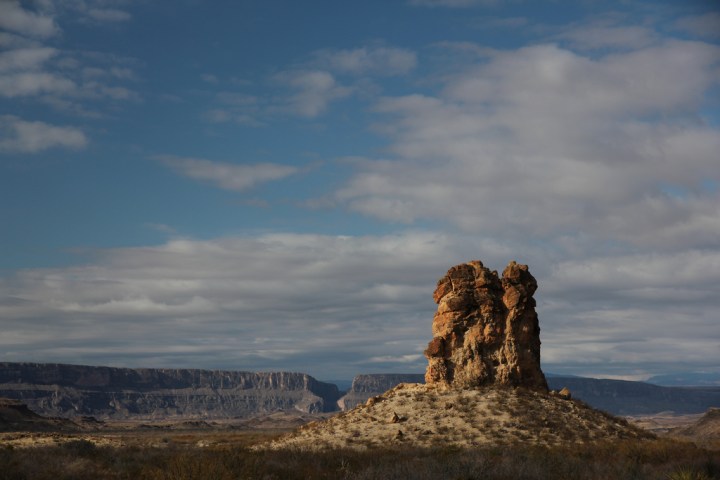
While this isn't the most popular trail in Big Bend, you will get to see Indian rock art at the base of these giant volcanic dike formations if you choose to hike the Chimneys Trail.
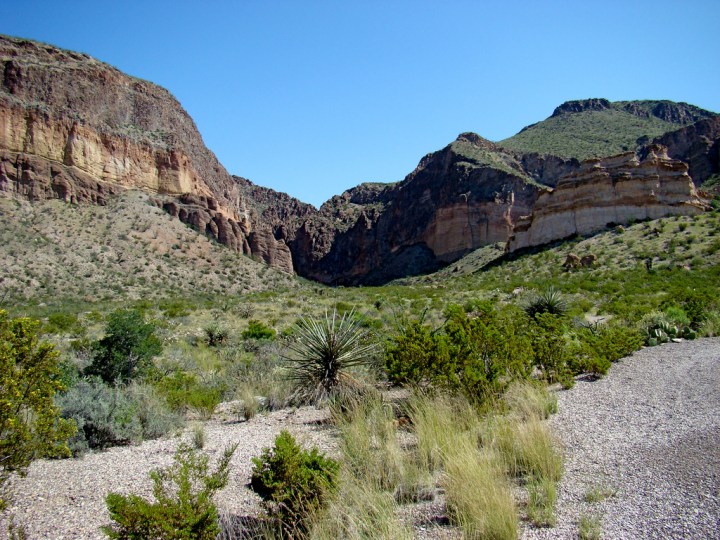
This area includes a quarry that was used by Native Americans as a source of chert for chipped-stone tools. The quarry area is covered with lithic debris from the process by which the chert was shaped.
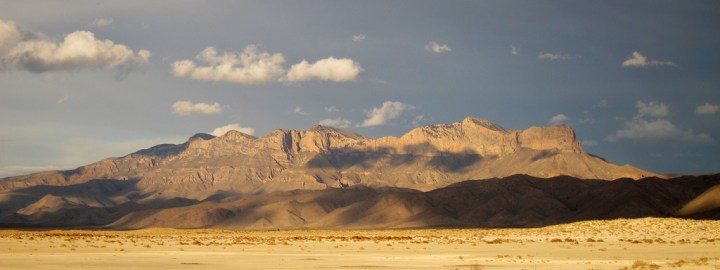
Archaeological evidence has shown that people inhabited the area over 10,000 years ago in the numerous caves and alcoves throughout the park. Artifacts found here include projectile points, baskets, pottery, and rock art.
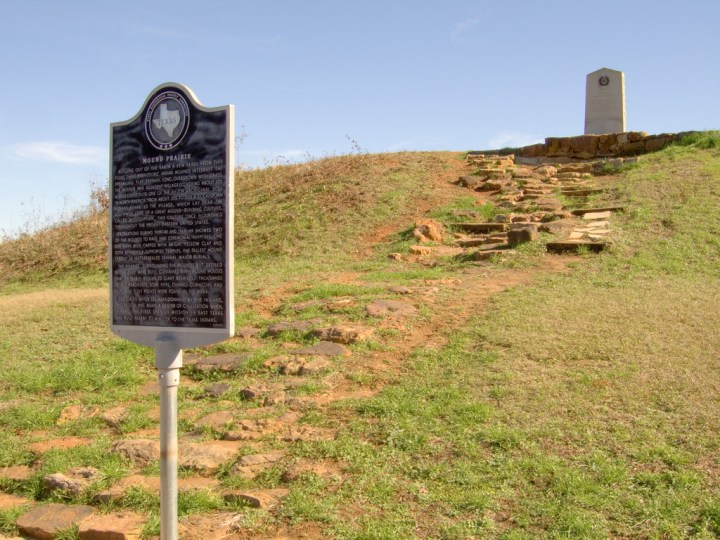
This is one of the most well-known Indian sites in Texas. The Caddoan peoples used to occupy this part of the Pineywoods, with most major construction believed to have taken place between 1100 and 1300 CE. In the museum, you will find over 200 artifacts that include pottery, tools, and weapons. However, the three earthen mounds that rise from the otherwise flat landscape are the real draw to this historic site. The mounds used to be utilized for burial and ceremonial purposes.
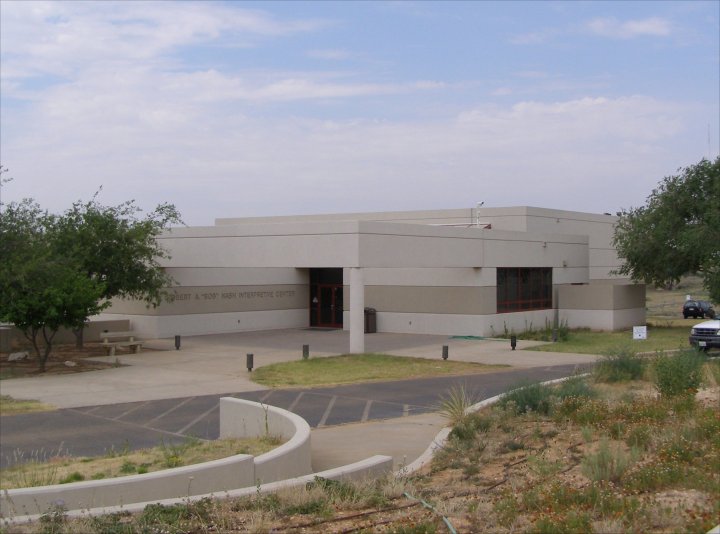
There are ongoing excavations that occur at this important federal landmark, and visitors can actually watch the excavations. There's evidence of ancient cultures living in the area over 12,000 years ago, and guided and self-guided tours are available so you can get a close up view of the incredible evidence of indigenous peoples occupying the area.
Advertisement
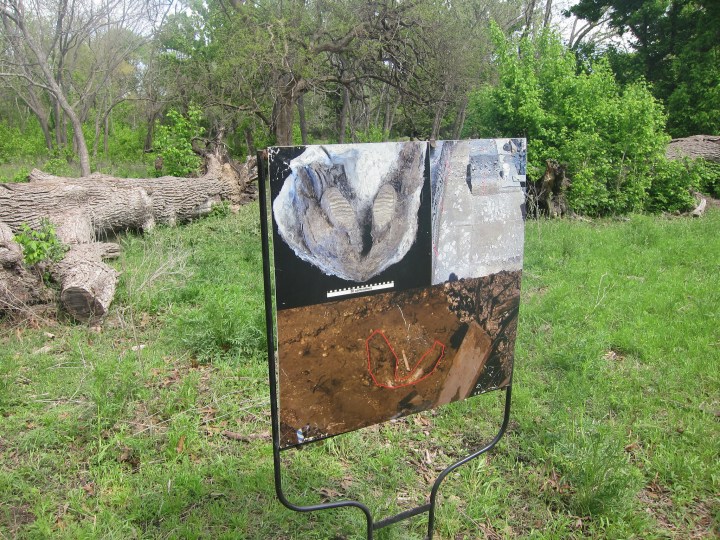
This is another famous archaeological site in Texas, where small pieces of limestone with elaborate engravings have been found, as well as many Clovis points associated with the Paleo-Indian culture. The stones found at the Gault site have provided a lot of new and important information regarding the Clovis culture, and it's considered one of the most significant archaeological sites in North America.
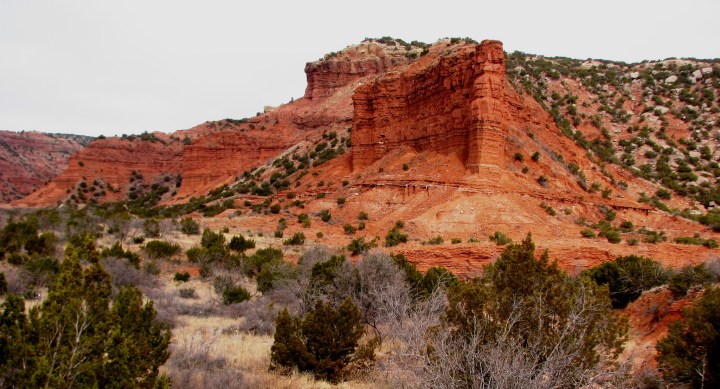
The Caprock Canyons were home to the Folsom culture over 10,000 years ago. Near Lake Theo, many artifacts from this time have been discovered, including several Folsom points and fossils from an extinct Ice Age bison. Artifacts have also been found from the Archaic period that existed 2,000 years ago, including pebbles boiled for heating food, stones for grinding seeds, dart points, oval knives, and arrow points.
What other archaeological sites do you know of in Texas? Share your thoughts and knowledge with us in the comments!
OnlyInYourState may earn compensation through affiliate links in this article. As an Amazon Associate, we earn from qualifying purchases.



